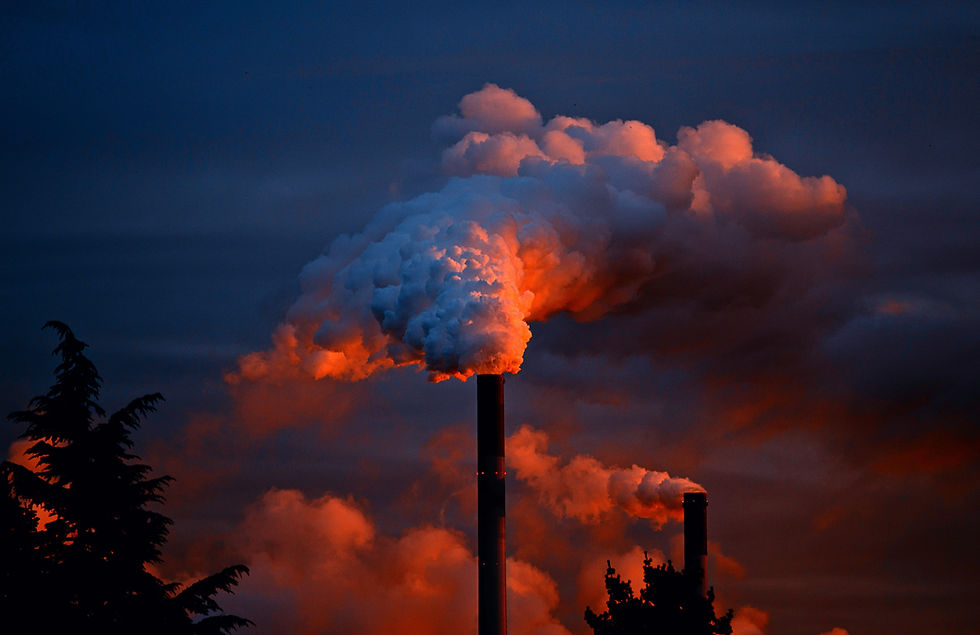Bioplastics
- Soluzioni Plastiche

- Oct 31, 2019
- 3 min read
Updated: Jul 7, 2020
From advantages to often ignored weaknesses
The recent European Directive SUP (Single Use Plastics), which imposes a ban on the marketing of disposable plastic products for the administration of food and drink (plates, glasses, cutlery, straws, etc) and which will have to be transposed by Member States by 2021, will inevitably cause significant changes in the habits and consumption of European citizens.
(For more information on the practical consequences of the new European Directive, please read the post “Plastic Alert”).
Plastics, as well known, are produced from petroleum derivatives and it would be more accurate to speak of “plastic materials”, as they are composed of artificially synthesized polymers, each with his own characteristics, properties and fields of application. These elements make these materials non-biodegradable because their structure is artificial, not available in nature. So durability and endurance, plastic ’s characteristics that have been its point of strength for two centuries, are now considered unfavorably.
Among the possible hypothesis of replacing the disposable traditional plastic products, the use of compostable materials such as paper, wood and compostable plastics has been advanced: these materials should find their end of life in the recovery of organic waste, after separate collection together with kitchen waste.

For paper and wood it is quite simple but it becomes more complex when talking about “compostable plastics” as there is a certain confusion already starting with the terms and we often believe that words like bioplastic, biodegradable plastic and compostable plastic are synonymous.
First of all, let’s say that the word bioplastic refers to a type of plastic that derives, at least in part, from biomass (biobased) or is biodegradable, or has both characteristics. This means that biobased is not synonymous with biodegradable. Therefore, some biobased materials are biodegradable (e.g. PLA- polylactic acid) while others are not (e.g. BIO-PET).
So we can divide bioplastics into three categories:
Non-biodegradable bioplastics based entirely or partially on bio ( bio based PE, PET, PA, PTT) obtained from sugar cane, molasses and vegetable oils
Biodegradable bioplastics based on bio (PLA, PHA, PBS and Starch blends) obtained from corn starch, sugar beet, sugar cane, tapioca, biomass
Bioplastics based on fossil and biodegradable resources (PBAT)

Bioplastics do not include non-biodegradable plastics based on fossil resources (non-organic PE, PP and PET): in this case we talk about traditional plastics.

Let’s now clarify a little better the concept of biodegradability: a material is biodegradable if it can be divided into monomers and metabolized through the action of natural microorganisms, such as bacteria and fungi. Biodegradation is the biochemical process by which the polymer is converted into substances such as water, carbon dioxide and bio mass. Biodegradability times can change from a few days up top 4-5 years and this largely depends on the composition and thickness of the material, as well as the environmental conditions to which it is exposed. This means that a plastic classified as biodegradable may not necessarily be suitable for composting, since a compostable plastic is, by definition of the American Society
Society for Testing & Materials, a material “capable of undergoing biological composition in a composting site, breaking down into carbon dioxide, water, inorganic compounds and biomass, at a rate consistent with other compostable materials such as cellulose, and leaves no toxic residues. That is, a biodegradable material must, in order to be defined as such according to European regulations (standard UNI EN 13432), degrade for at least 99% within six months, while a compostable material must obtain the same result within three months. The compostable material can be added to the compost, while the biodegradable material cannot.
Now that we know better the concepts of bioplasticity and biodegradability (and if you have other doubts or curiosities about plastic and its uses, I invite you to check out our blog), we can ask ourselves: can bioplastics really help to solve the problem of pollution of the planet?
Discover the answer in the following article
_______________________________________________________________________________
credit to:
www.polimerica.it - 6/9/19
www.italiachecambia.it - 29/5/19
www.anteritalia.org - 28/2/19
magazine.impactscool.com - 30/1/2019
www.nonsprecare.it - 23/8/19
www.ecodallecitta.it - 8/2/19








Comments